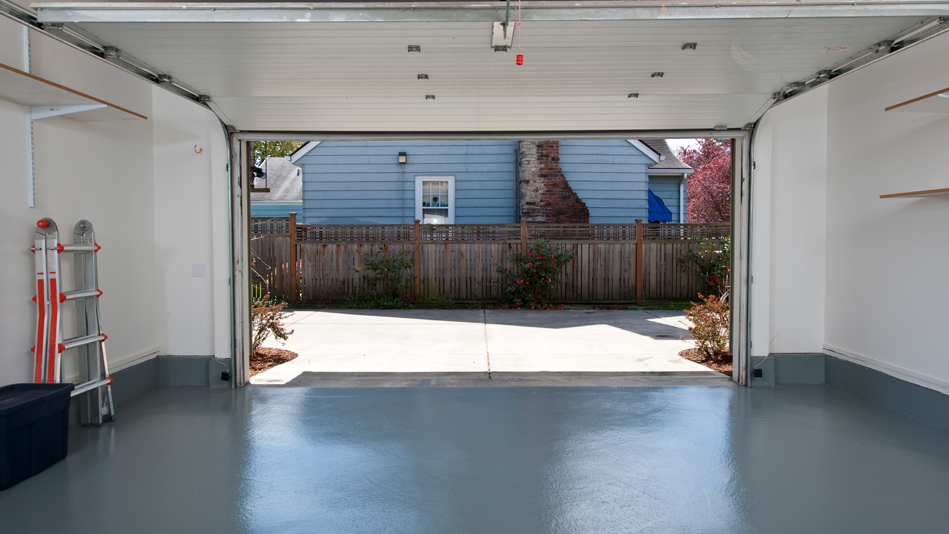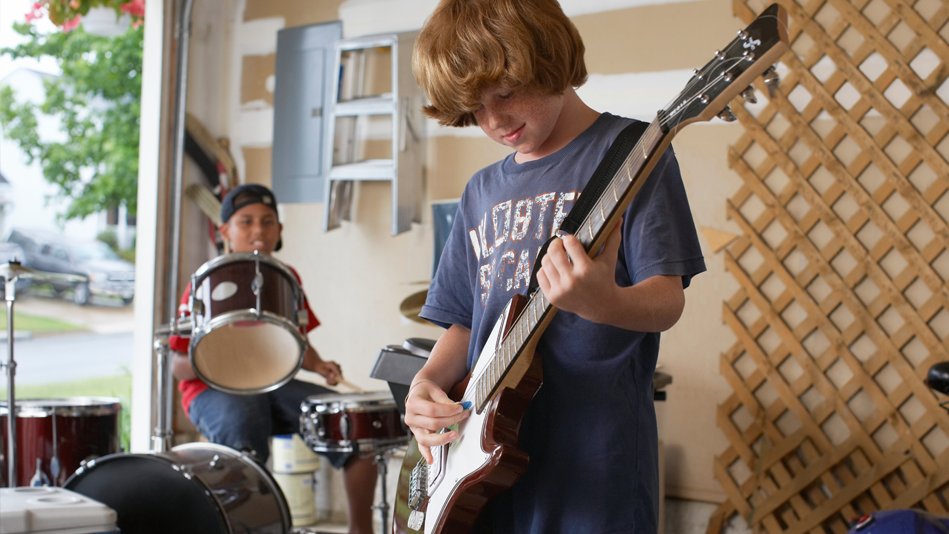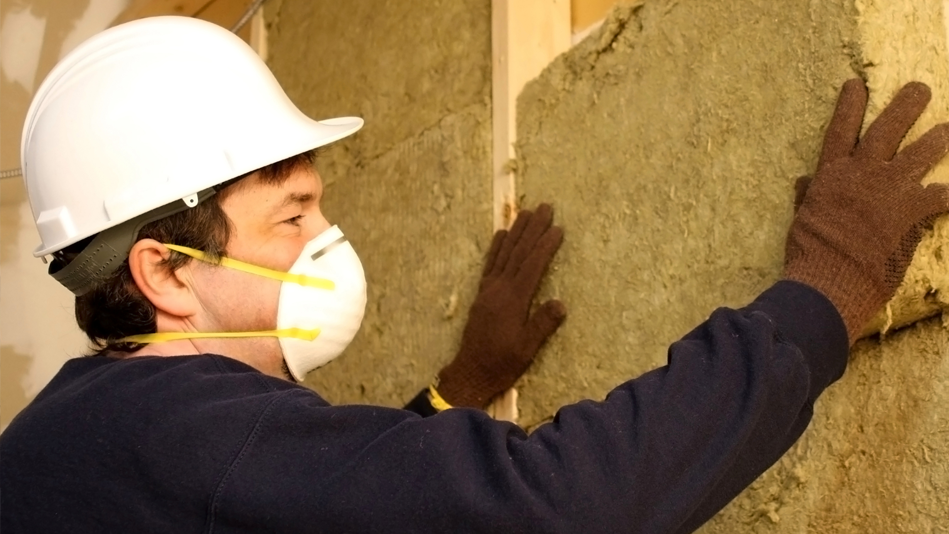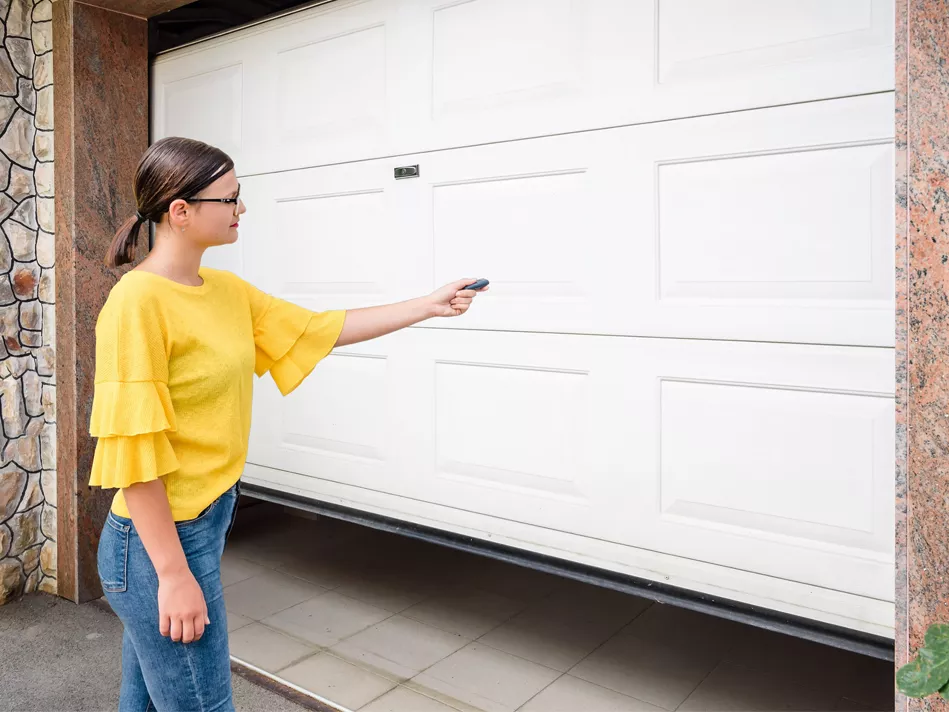Are you looking to add living space to your home without the cost of a full addition? Consider getting the best of both worlds with a garage conversion! Use this guide to learn how it all works, and get garage conversion ideas that can help you make your cold garage a cozy reality.
Planning for a garage conversion
When it comes to any home project, beginning with logistics is key. Answering these initial questions will help you lay the foundation for the garage transformation to come.
- How much does an average garage conversion cost?
- How many uses will the new space have?
- How it will impact other areas and systems in your home (HVAC, more noise near bedrooms, etc.)

How much does a garage conversion cost?
The cornerstone of any home project is the budget. So what’s the difference in cost between remodeling your garage and springing for the addition? According to HomeAdvisor, a garage renovation that doesn’t involve plumbing or electrical restructuring can cost between $6,000 and $19,000, but a whole extra room or can cost between $32,000 and $80,000 – what a difference!
Saving money on a garage conversion certainly makes it the more tempting option, but proper planning is a crucial part of making those dollars count. The benefit of converting your garage is that you are more able to make changes in stages as your free time, household needs, and budget allow. A crucial step is getting permits to make these changes, which can cost you roughly $1,000 alone.
If you live in a climate that has cooler temperatures for a large part of the year, you have two options:
- Option 1: Invest less money in the transformation, since you’ll use it fewer days in the year
- Option 2: Invest more money in the transformation so you can use it all year long
Pro Tip: When booking a contractor, schedule your garage conversion for the fall or winter (depending on local temperatures) for off-season discounts.

How many uses will the new space have?
We get the most use out of the areas in our home that are designed to function in multiple ways. Along with decorating your garage to match how you already use your home, making plans for Your Garage, version 2.0 should include the following:
- Can my garage be multi-purpose?
- What furniture or built-in features will make it easy to convert the space to different uses?
- Which aspects of seasonality should I consider?
Make the primary layout for your space fit the main way you plan to use it. For example, your new craft room doesn’t always need to be set up for your morning workouts, so put your gym equipment in a tote in the corner. Use portable carts and drop-down shelving to bring out items you’ll use sparingly, and think about adding subtle changes to the design in each zone to highlight the different features in the space.
If you have a large household or several uses for the new version of your garage, explore the world of modular furniture to minimize frustration as you simply bend and fold a few core pieces to fit your needs. With a short list of a few essential storage and furniture solutions, you and your family can keep the space accessible and organized.
Pro Tip: For inspiration on the myriad ways you can revamp your garage, explore our detailed guide on bonus room ideas.

Impactful features of a garage remodel
Now that you know the basics of what you want your garage to contain, factor in these important ways to transform it into an extension of your home’s living space.
Installing garage insulation
If you live in an area that sees snow and you want to make your garage a three-season room, the cost of garage insulation is critical to being able to use the space in the fall and winter. With totals ranging from $300 for a DIY endeavor to $6,000 for the work of top-tier professionals, you have the ability to customize how you’ll retain heat in your new space.
Adding windows and doors
If you want it to feel more like a guest suite, adding windows and doors to your garage can help increase the room’s appeal. This space may also become a prime entertainment location for homes without basements or other large spaces to entertain. Incorporating these entrances and exits can cost
Putting in plumbing
Did you know you can add a bathroom to your garage? If you’re looking to give your garage a full overhaul, adding a bathroom can incorporate the level of luxury of your choosing – just keep in mind that, according to the homeowner site Angi, adding a bathroom (and running necessary sewer lines) can cost anywhere from just under $1,000 to a couple tens of thousands of dollars.
There are so many ways to redo a garage, so be sure to do your homework until you find the way that’s right for you.
How will the renovation affect nearby spaces in my home?
Converting your garage can shift the activity in your home, which may come with new household habits you didn’t expect. Examine how increased use of your soon-to-be-former garage can affect aspects such as:
- Noises heard in a neighboring bedroom
- More time spent cleaning an area that is currently low maintenance
- Where you’ll park your vehicles post-conversion
- Whether or not to add on to existing home systems, like HVAC
Settle the biggest concerns first, then focus on changes that will not only bring you the most comfort, but the highest ROI.

With a great garage door opener, the possibilities are endless
Repurposing your garage doesn’t mean having to hide everything about what it once was. You may update your garage door, but your garage door opener makes it easy to access the unique features of your new space, with options such as:
- A garage door that works as an awning to help guests stay cool when entertaining
- Natural cooling for your new home gym
- A great way to let heat escape if you choose to add a kitchen
Pro Tip: Don’t jam up the mood – keep the fun flowing with regular garage door opener troubleshooting and maintenance.
Armed with the information above, you’ve got what you need to add living space to your house without tearing down a single wall. Who knew garages could be so exciting?

